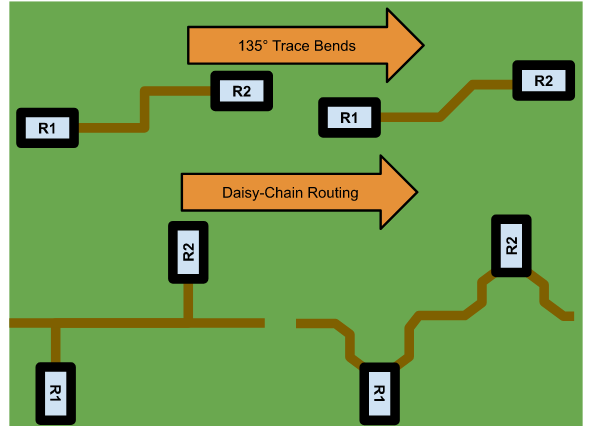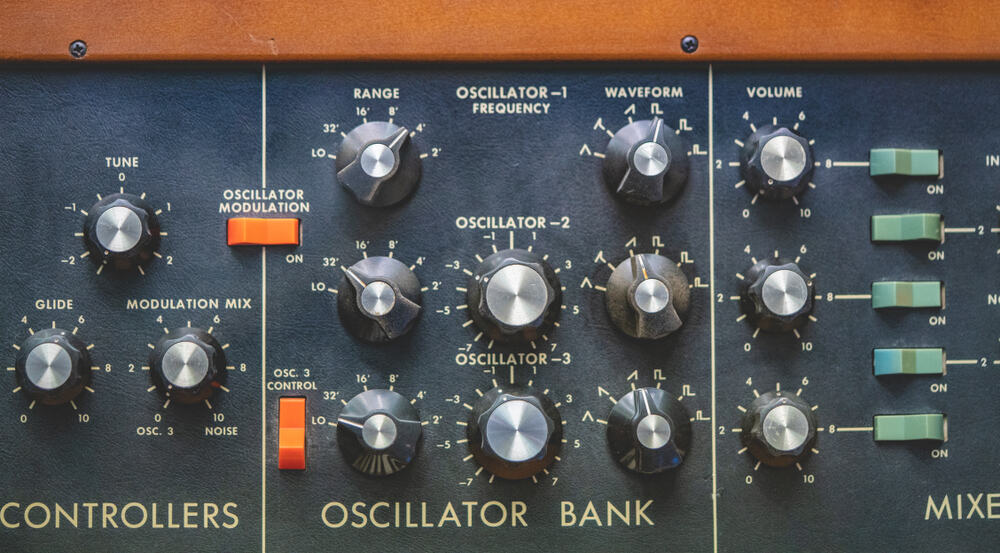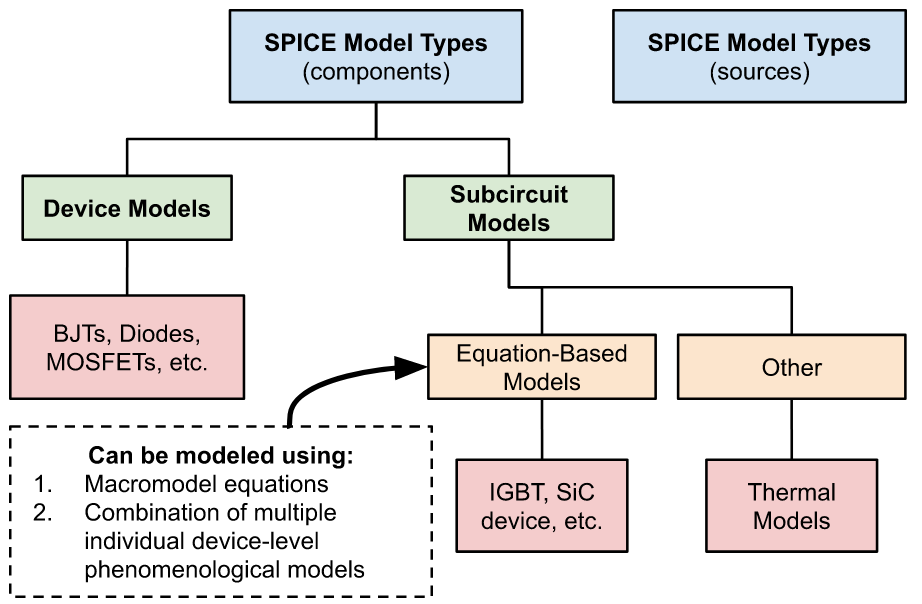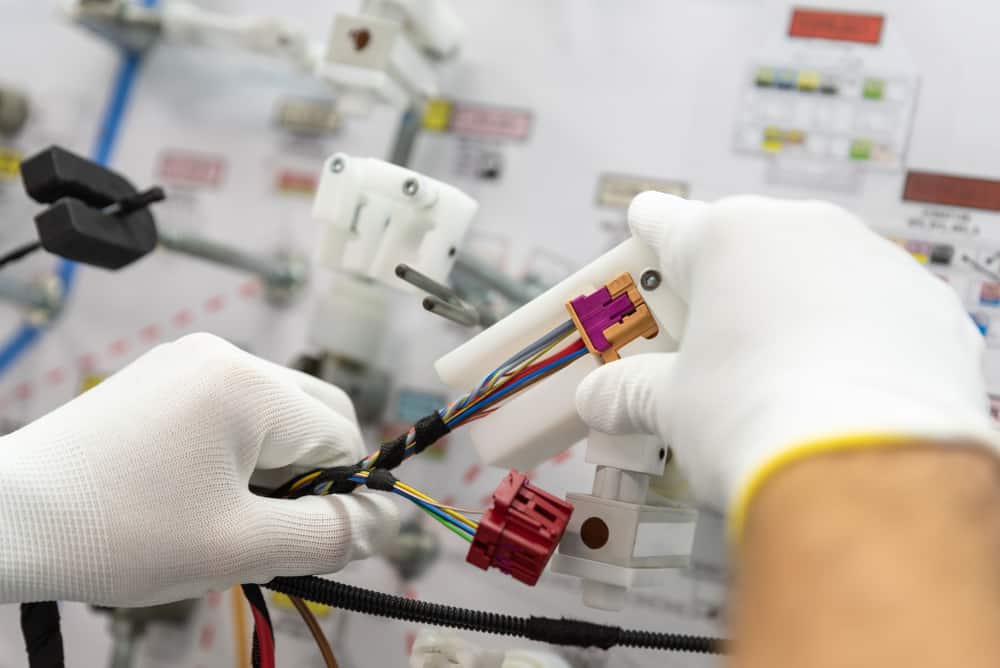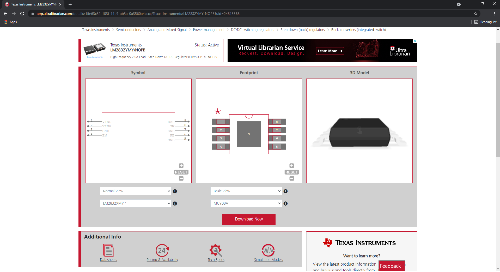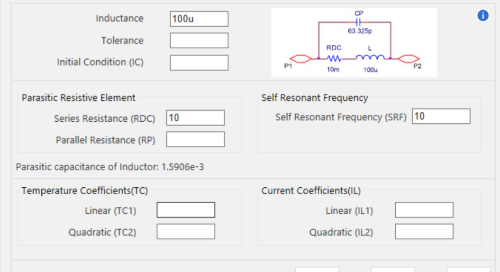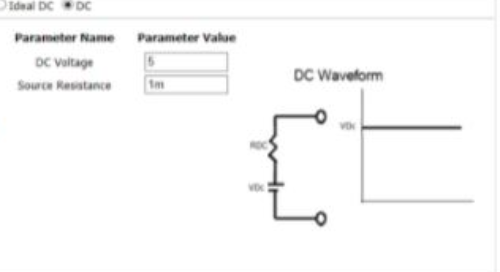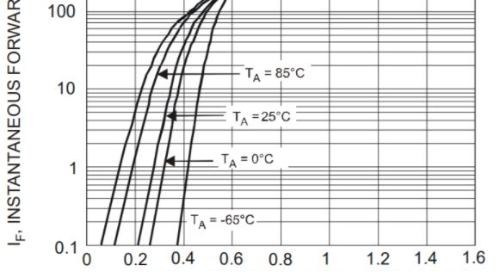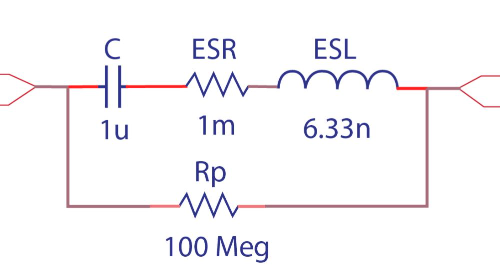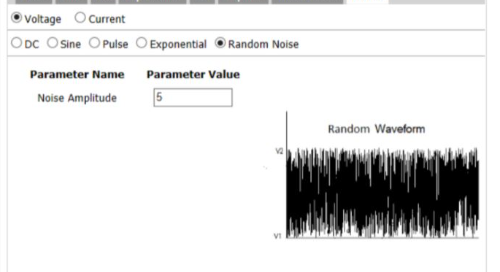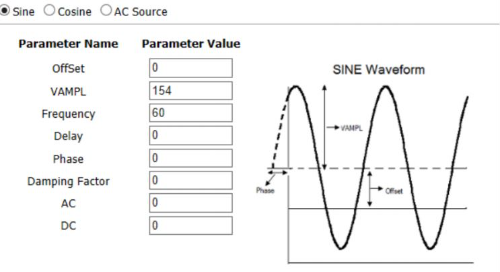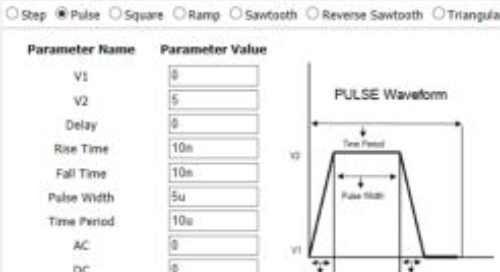
Questions every PCB designer should be asking when it comes to signal integrity:
What are the basic rules? How can these issues impact their designs? What are some rules of thumb to try to reduce the impact of these common issues?
These are the questions Stephen Newberry, a signal integrity engineer, has asked himself.
“I’ve always gravitated towards technical work and went from studying mechanical engineering to enlisting in the Coast Guard and spent five years working as a lighthouse technician,” said Newberry. His time being a lighthouse technician, fixing boats, and other marine electrical systems sparked the interest in the electronic side of engineering.
“I was just fascinated with the field of signal and power integrity and this problem set. Really, just all the facets of how to make signals run at how many gigabits per second,” said Newberry.
Signal integrity, according to Newberry, is a critical topic due to the increase of high-speed designs and people building hardware. “Over the last few years, we have had this ecosystem that’s enabled. Even hobbyists are designing impressive hardware. Having open-source EDA and lost cost PCB fabrication has opened doors to more people,” said Newberry.
As more people become involved in engineering, more people experience issues that come about because of high-speed signal integrity problems. According to Newberry, the most common challenges engineers should be aware of are the ones you aren’t aware of, as the adage goes, “You don’t know what you don’t know.” So how does an engineer combat this?
“I’ve had the opportunity to make some of these common mistakes myself,” said Newberry. These common mistakes have led him to educate others in a few ways, one being an upcoming webinar on the topic of signal and power integrity.
“I’m hoping to cover some of what I would like to call ‘low hanging fruit’ of signal and power integrity,” said Newberry. Stackup construction issues, controlled impedance, issues with material selection, trace-to-trace spacing, and crosstalk problems are just a few of the topics Newberry plans to discuss.
“There are two things I really expect webinar attendees to walk away with: an awareness of these basic issues and hopefully an idea of how to quickly check for them efficiently,” explained Newberry.
Outside of educating engineers during webinars, Newberry recently launched the High Speed Design Wiki. “Over the weekend I thought if I’m going to be compiling reference material on signal and power integrity, it would be great to share with others,” said Newberry. “It’s pretty bare right now, but my hope is that over time it can be built out with information and a good resource for engineers,” said Newberry.
When asked about recommending additional resources on the topic of SI/PI, Newberry pointed to himself. “I personally love the topic. If anybody wants to reach out to me personally on LinkedIn or through my website, Shield Digital Design, I love to talk about it,” said Newberry.
Stay tuned for more information on our upcoming SI/PI webinar with Stephen Newberry. 
